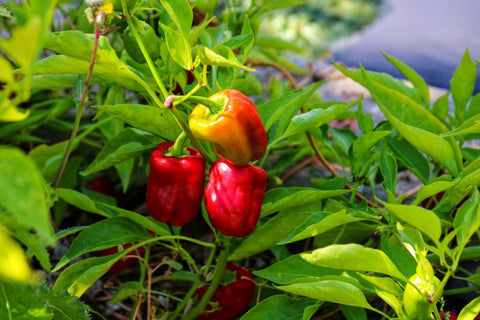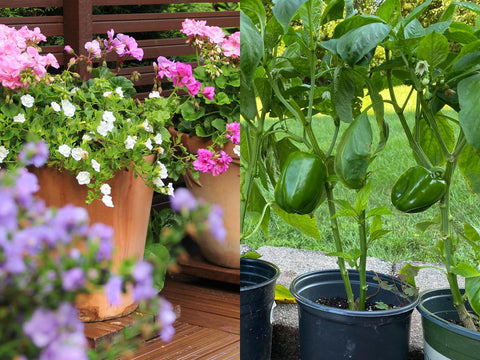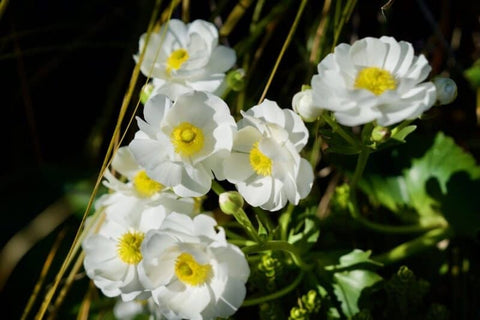Composting is a year-round activity that offers numerous benefits for both the environment and your garden. While composting in cooler months may present some unique challenges, it can still be highly rewarding. We'll explore the techniques and tips for successful composting during the fall and winter, focusing on how to create nutrient-rich soil for your garden.The following content also has some reference value for raised garden beds.
Understanding the Challenges of Composting in Cooler Months

Composting in cooler months can be challenging due to lower temperatures and reduced microbial activity. Microbes, such as bacteria and fungi, are the engines behind decomposition in your compost pile. When temperatures drop, their activity slows down. However, with the right approach, you can still create rich compost for your garden.
Key Techniques for Composting in Cooler Months
- Use Insulated Compost Bins: Insulated compost bins help maintain a more stable temperature within the pile. Consider investing in one, especially if you live in an area with harsh winters.
- Layer Green and Brown Materials: Continue to follow the green (nitrogen-rich) and brown (carbon-rich) material ratio in your compost pile. Greens include kitchen scraps, fresh garden waste, and coffee grounds, while browns consist of dried leaves, straw, cardboard, and newspaper. This balance is essential for efficient decomposition.
- Chop or Shred Materials: Cutting or shredding your compost materials into smaller pieces can speed up the decomposition process. Smaller particles provide more surface area for microbes to work on.
- Monitor Moisture Levels: Maintaining the right moisture level is crucial. In winter, it's easy to forget about moisture, but it's still essential. Your compost pile should be damp, similar to a wrung-out sponge, but not waterlogged.
- Cover Your Compost Pile: Use a tarp or lid to cover your compost pile. This will help trap heat and moisture, creating a more stable environment for decomposition. Ensure there's some airflow to prevent excess moisture buildup.
- Avoid Overturning: In cooler months, consider turning your compost pile less frequently. Frequent turning can expose microbes to cold temperatures, slowing down decomposition. Turn the pile only when necessary to maintain a good balance of green and brown materials.
- Choose Cold-Weather Microbes: Some microorganisms are more active in cold temperatures. They thrive on a diet of cold-weather kitchen scraps, such as fruit and vegetable peels. By including these in your compost, you encourage the growth of these cold-loving microbes.
Creating Nutrient-Rich Soil for Your Garden

One of the primary goals of composting is to produce nutrient-rich soil for your garden. Here are steps to ensure your compost delivers on that promise:
- Optimize Your Green and Brown Ratio: Maintaining the right balance of green and brown materials ensures that your compost is nutrient-rich. Greens provide essential nitrogen, while browns offer carbon and structure to the compost.
- Compost to Humus: Be patient with your compost. It takes time to transition from raw organic matter to finished compost. The end product, known as humus, is dark, crumbly, and rich in nutrients.
- Sift Your Compost: Once your compost is ready, sift it to remove any large or unfinished materials. This will leave you with fine, nutrient-rich compost that's perfect for gardening.
- Mix with Existing Soil: Incorporate your finished compost into your garden soil. Mix it well to distribute nutrients evenly. Compost improves soil structure, provides a steady supply of nutrients, and enhances moisture retention.
- Top-Dress Your Garden: Apply a layer of finished compost on the surface of your garden soil. This is known as top-dressing and can be done in the spring or fall. It helps improve soil health and provides a slow-release source of nutrients to your plants.
- Use Compost Tea: Compost tea is a liquid solution made by steeping compost in water. It's an excellent way to deliver nutrients directly to your plants. Simply water your garden with this nutrient-rich solution.

Final Thoughts
Composting in cooler months is a valuable and sustainable practice. By following these techniques and tips, you can overcome the challenges of lower temperatures and ensure that your composting efforts continue to yield nutrient-rich soil for your garden. While it may take a bit more effort in the winter, the rewards of a thriving garden with healthy, vibrant plants are well worth it. So, don't let the season deter you from composting and enriching your garden's soil with organic goodness.









